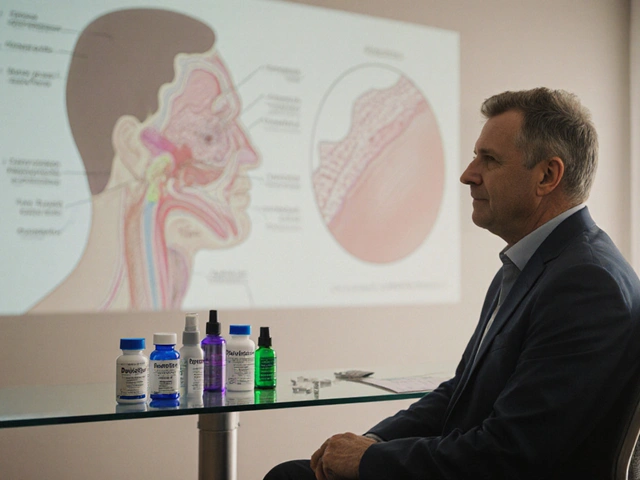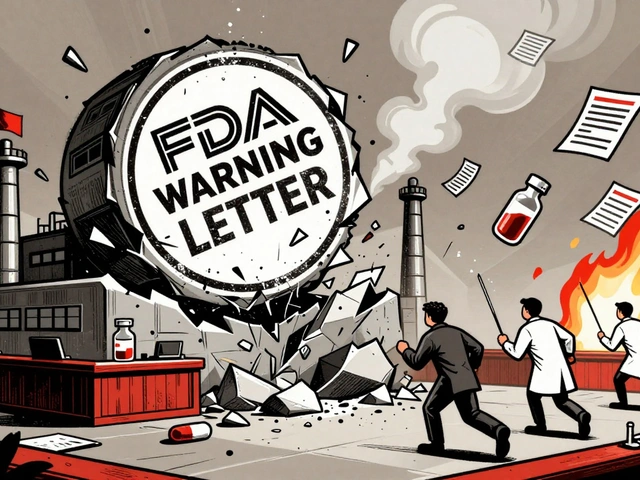Dangerous Combination: Spotting and Avoiding Harmful Drug Mixes
Some drug mixes cause minor discomfort. Others can land you in the hospital. This page helps you spot common dangerous combinations, explains why they matter, and gives simple steps to stay safe—fast.
High-risk combinations to know
NSAIDs (like Motrin/ibuprofen, diclofenac, Celebrex) + blood thinners (rivaroxaban, warfarin): both raise bleeding risk. Even short courses of an NSAID can push someone with a blood thinner into serious bleeding. If you’re on a blood thinner, ask your prescriber before taking any OTC painkiller.
Proton pump inhibitors (Prilosec/omeprazole) + clopidogrel: some PPIs can reduce how well clopidogrel works, which matters if you’ve had a stent or a clot. If you need acid control while on clopidogrel, check with your doctor about safer PPI choices or alternatives.
SSRIs (paroxetine and others) + other serotonergic drugs: mixing SSRIs with certain pain meds, migraine meds, or other antidepressants can cause serotonin syndrome—confusion, rapid heartbeat, high temperature. If you take paroxetine or similar meds, list every drug (including supplements) for your clinician.
Antipsychotic mixes: stacking antipsychotics or adding meds that slow heart rhythm can raise the risk of dangerous heart effects. If you’re switching or adding treatments for conditions like schizophrenia or bipolar disorder, coordinate the plan with your prescriber.
Alcohol + many meds: alcohol can make sedatives, some antidepressants, and diabetes drugs worse. It can also increase side effects or reduce how well a medication works. Ask whether “no alcohol” applies to your prescriptions.
How to stay safe—real steps you can use today
Carry a current medication list. Include prescriptions, OTCs, vitamins, and herbal supplements. Keep it on your phone and in your wallet. Show it to every clinician and your pharmacist.
Ask two direct questions: “Does this interact with what I already take?” and “Is it safe with my medical history?” If the answer is “not sure,” pause and call your pharmacist or prescriber before starting the drug.
Use trusted tools: pharmacy interaction checkers and apps can flag obvious risks, but they don’t replace a clinician. If a checker flags a serious interaction, call a professional.
Be careful buying meds online. Use verified pharmacies and double-check product names and doses—especially for drugs sold over the internet. Fake or mislabelled meds increase the chance of a harmful mix.
If you notice unexpected symptoms after starting a new drug—severe dizziness, sudden bleeding, fast heartbeat, high fever, severe confusion—stop the new medicine and call your doctor or go to the ER. Don’t shrug it off.
Want help checking a specific combo? Send your medication list and a quick note about what you were told, and we’ll point out red flags and next steps you can discuss with your clinician.

As a blogger, I recently came across the topic of Lurasidone and alcohol, and whether it's a dangerous combination. Lurasidone is an antipsychotic medication often prescribed for treating mental health disorders, such as bipolar disorder and schizophrenia. From my research, I've found that mixing Lurasidone with alcohol can lead to potentially serious side effects, including drowsiness, dizziness, and impaired judgement. It's crucial for those taking Lurasidone to avoid alcohol consumption in order to maintain their overall health and safety. If you or someone you know is on this medication, it's essential to speak with a healthcare professional about any concerns regarding alcohol use.
Continue Reading





